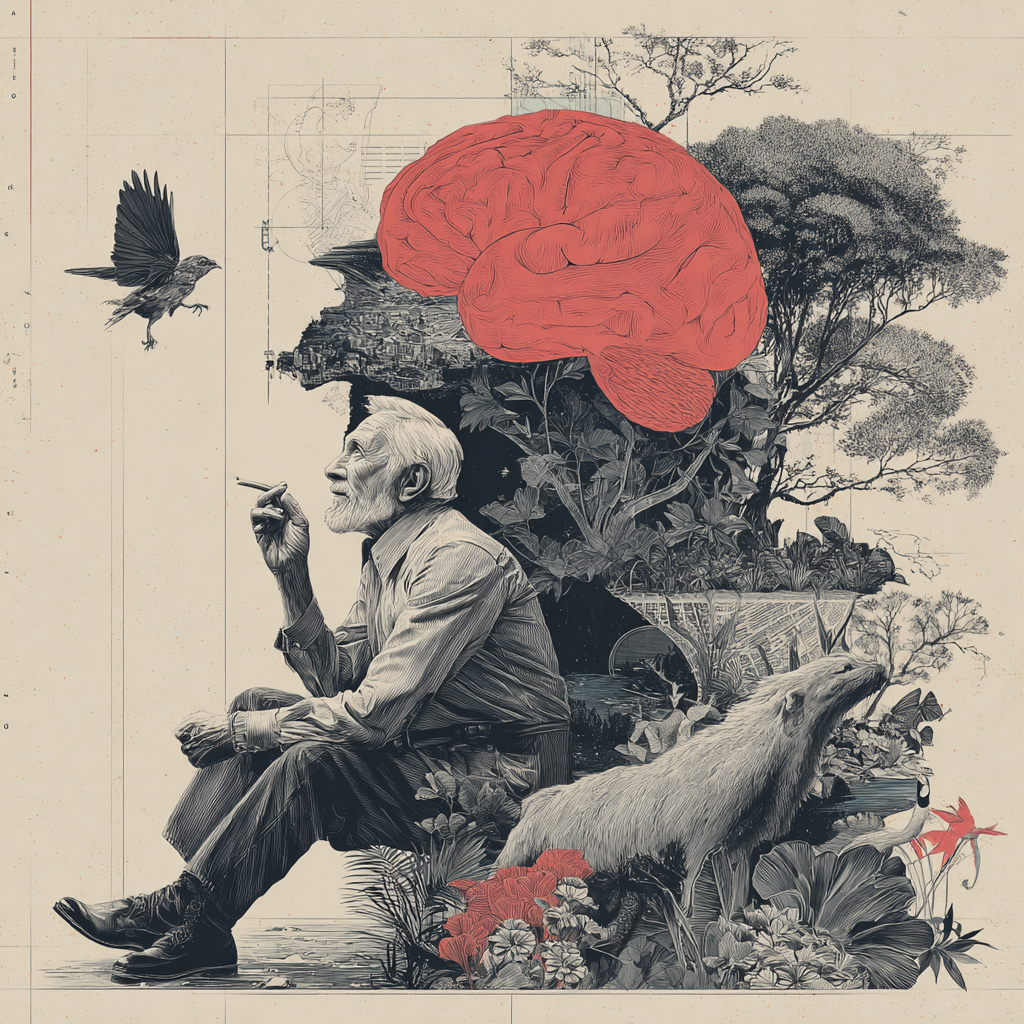As parents and grandparents know, language acquisition by young children is nothing short of amazing. Infant babbling soon gives way to sounding out words and, with the child already able to decode what adults around them are saying, the two-year-old might, seemingly out of the blue, come out with, “Buffy ate my muffin in the car.” How all does this happen?
For decades, Noam Chomsky theorized that such remarkable advancement is due to the possession by humans of what he called the language instinct i.e. a DNA encoding of a universal grammar anchoring that transforms every cognitively-normal child into a linguistic genius by age four without any formal education. Our discussion piece maintains that such a simple, powerful idea of a language instinct, having dominated linguistic study, is completely wrong (click: Real Talk).
There is, we are told, no language instinct. Nor, probably, a universal grammar anchoring all human languages. Children learn language, as they do many other things, by trial and error. It suggests that children have far more sophisticated learning capabilities than Chomsky foresaw…
Read More



















